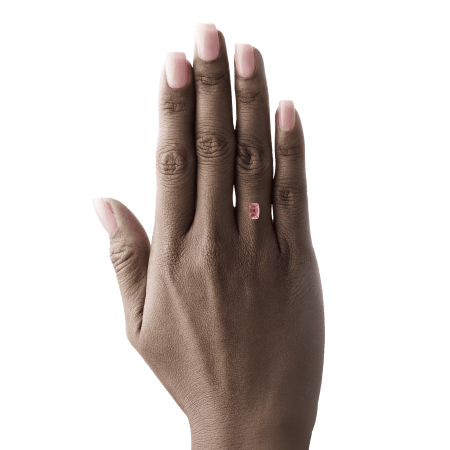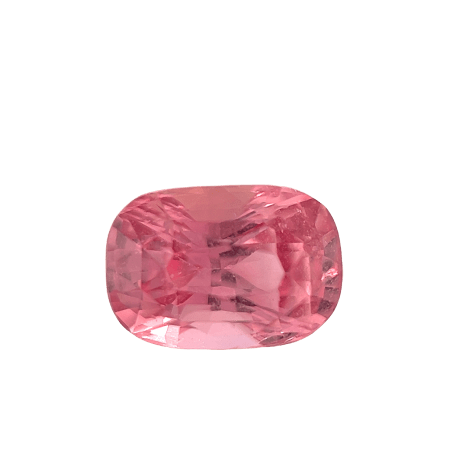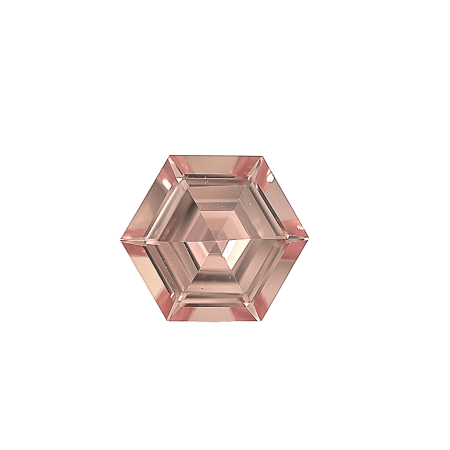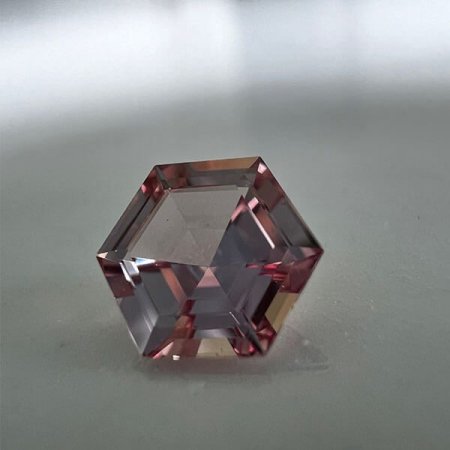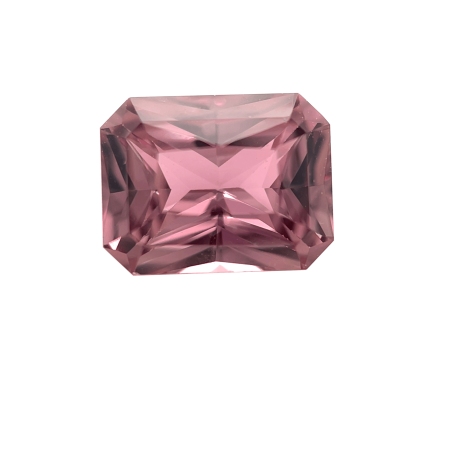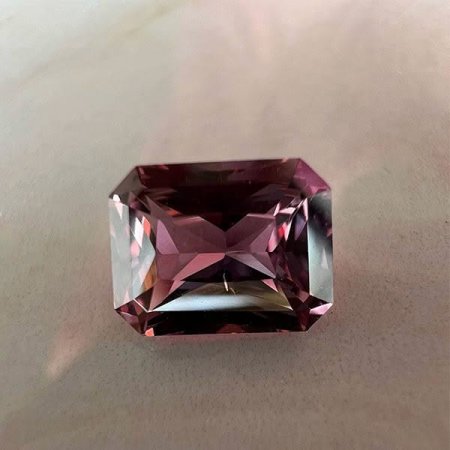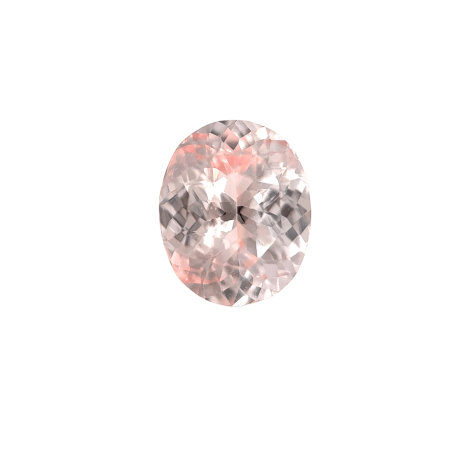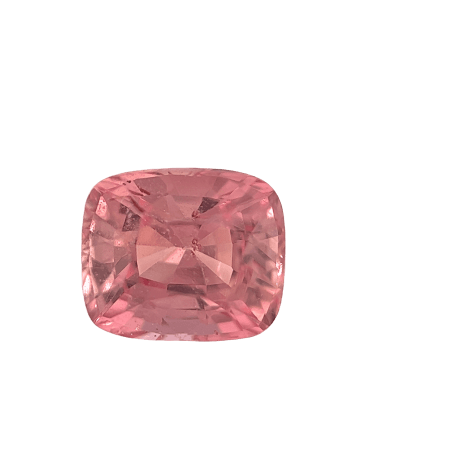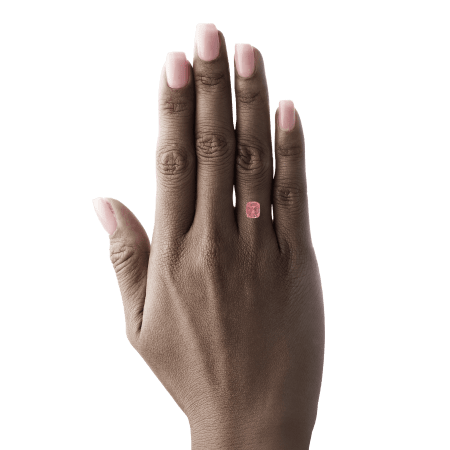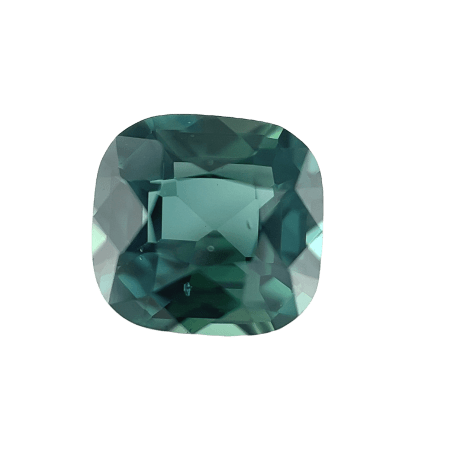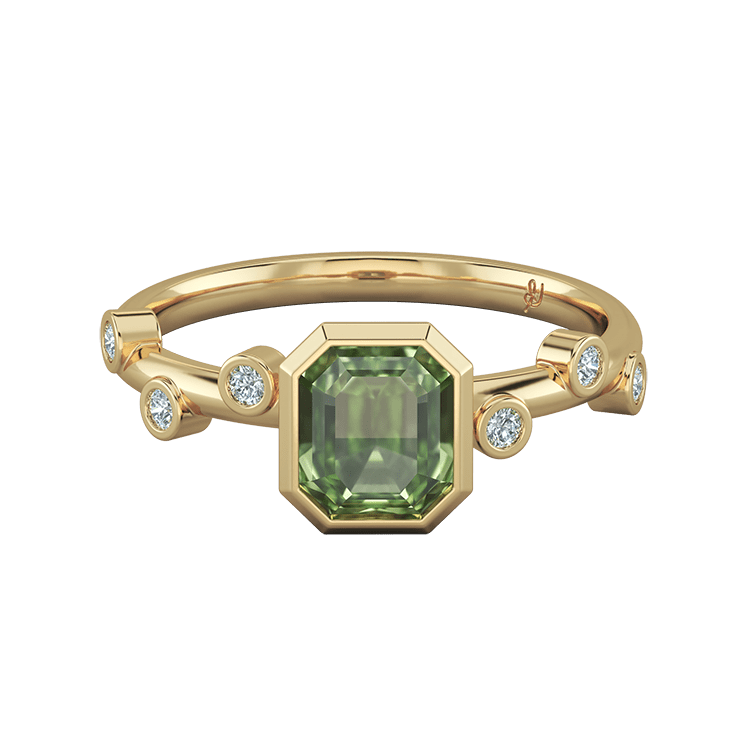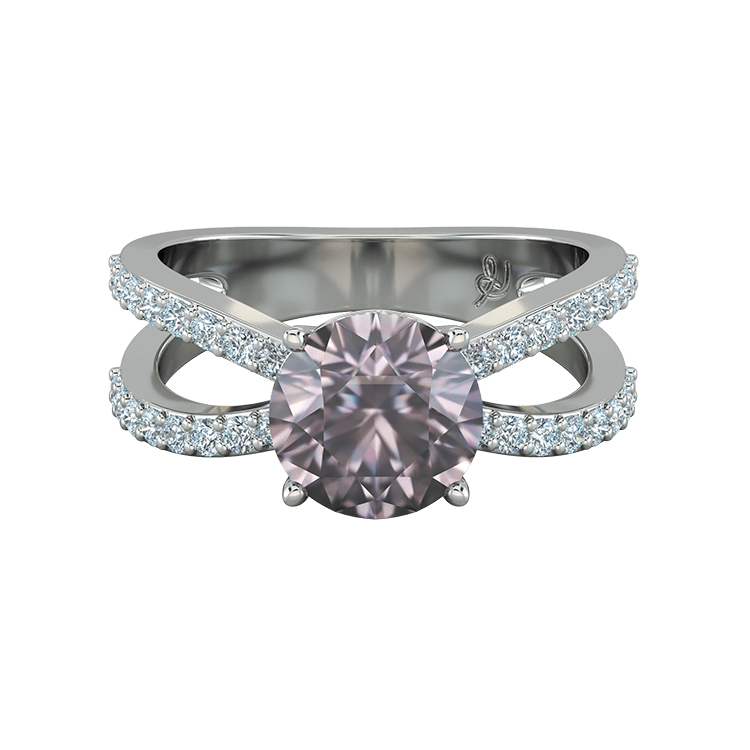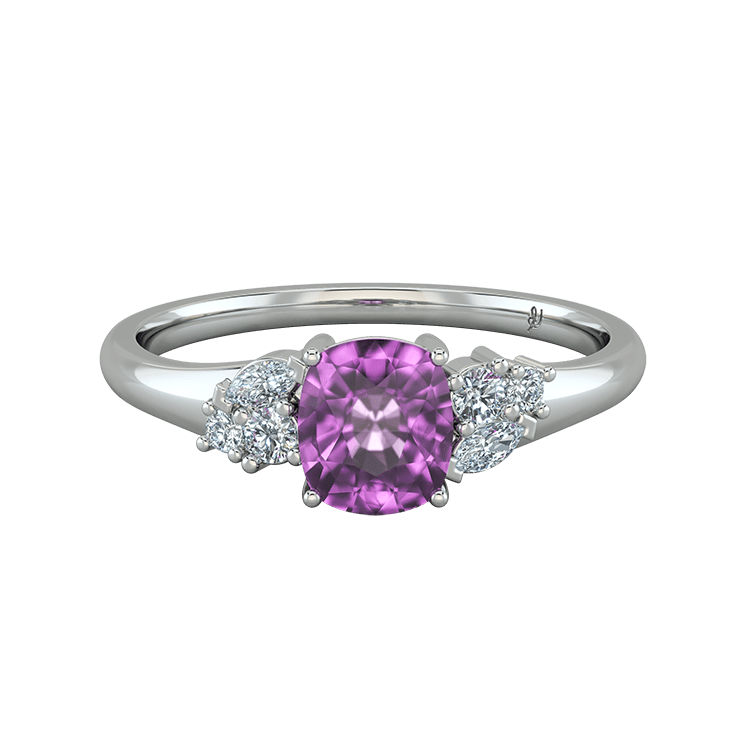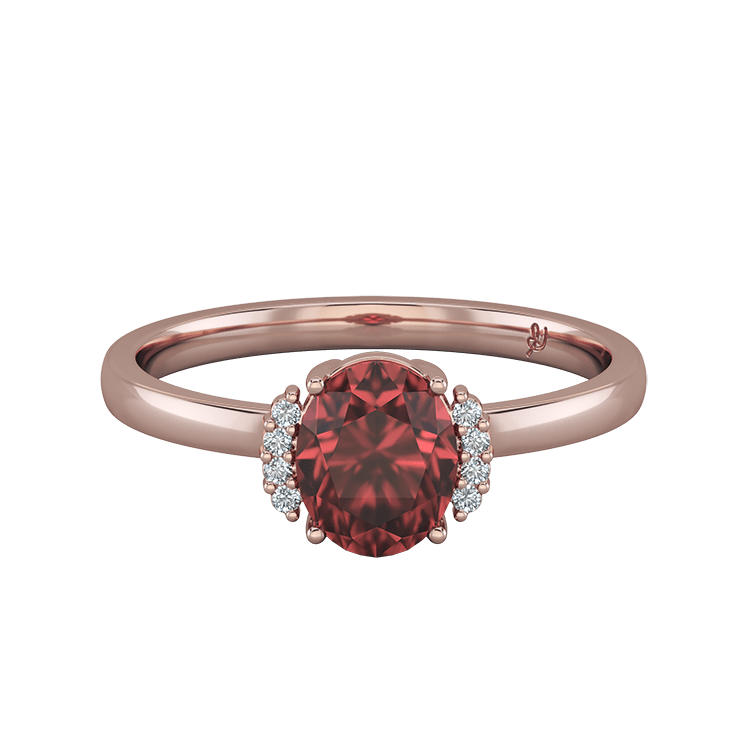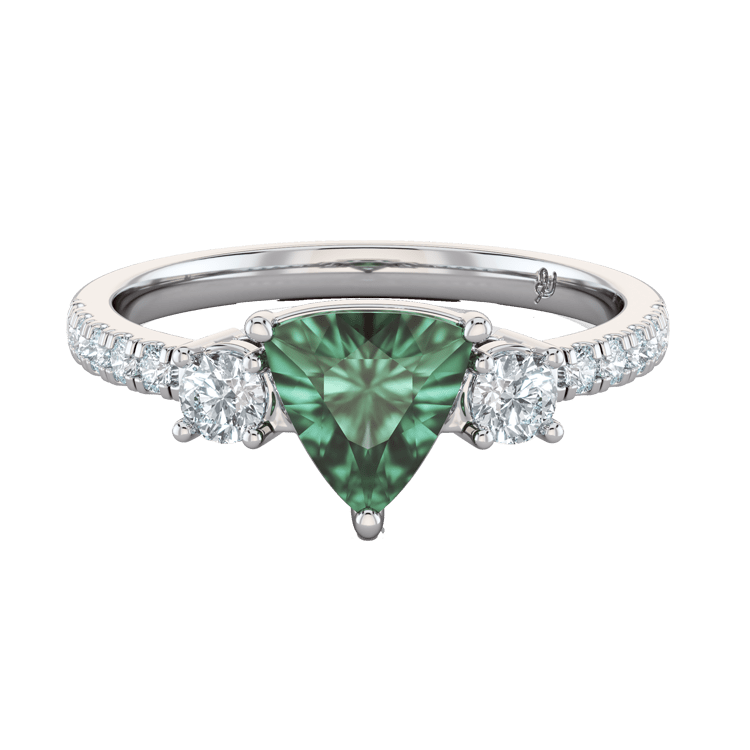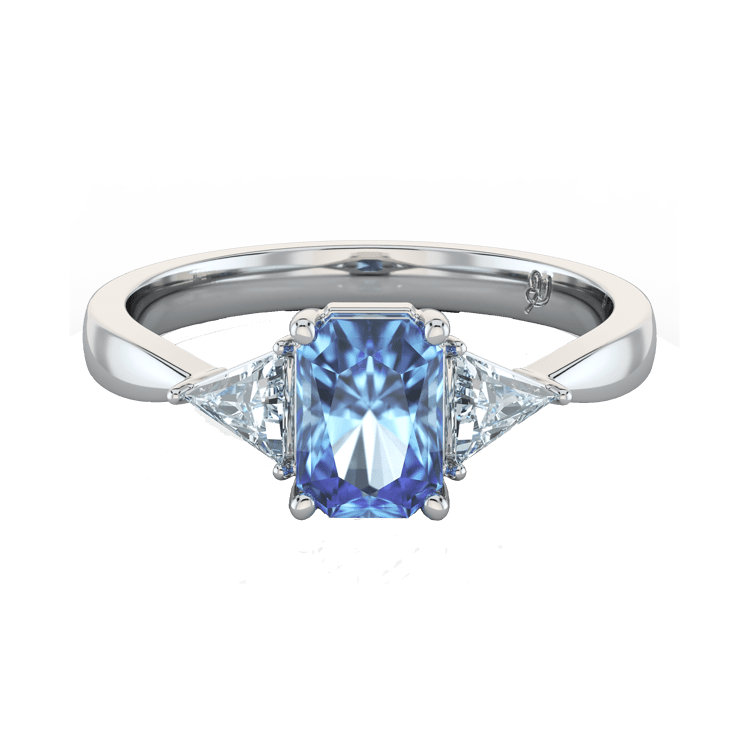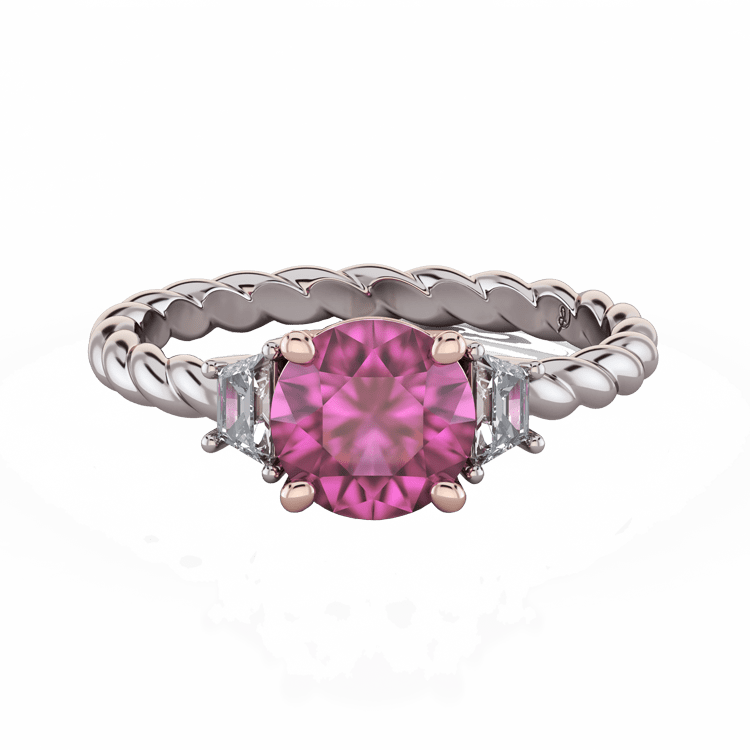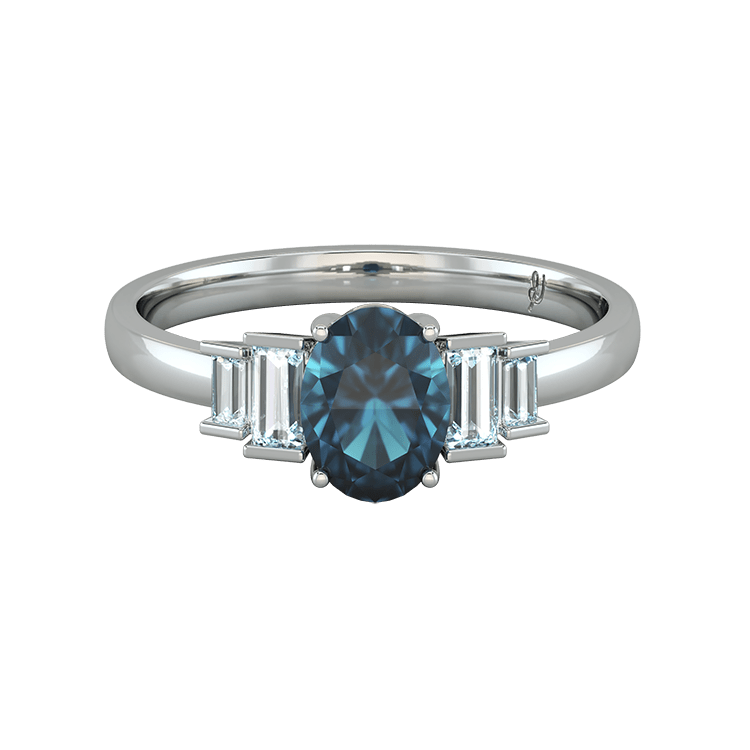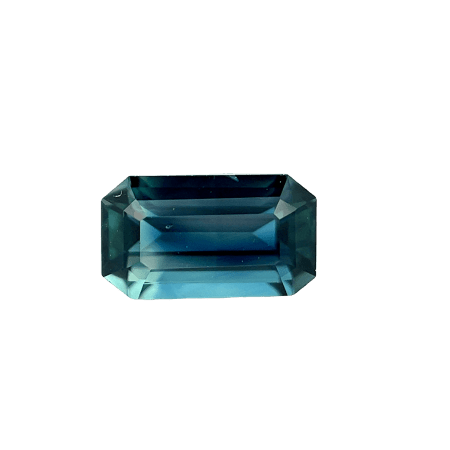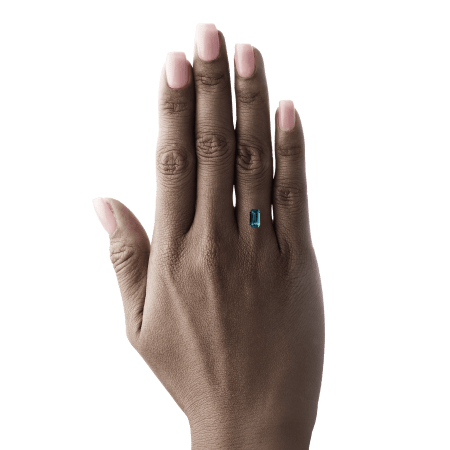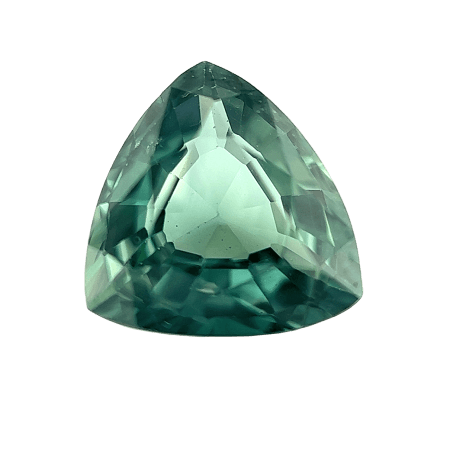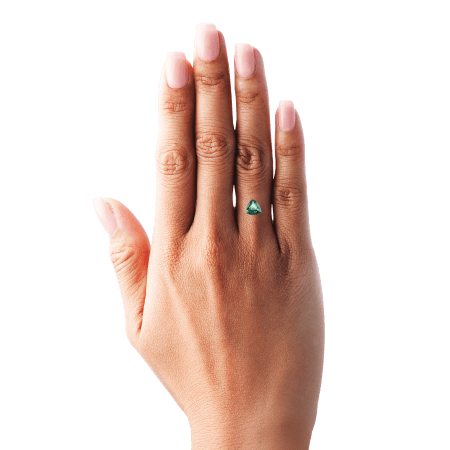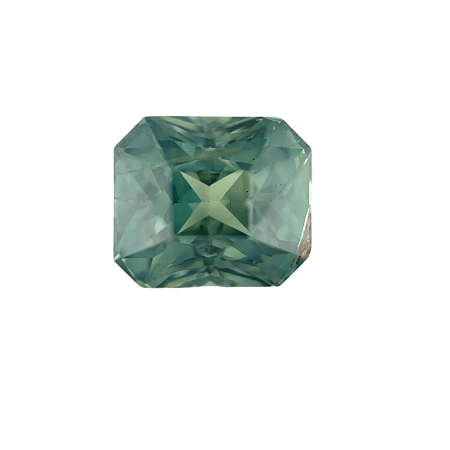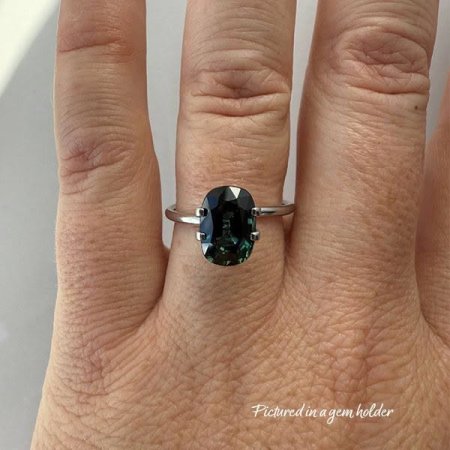Padparadscha Sapphire Colour
Padparadscha sapphire (sometimes spelled padparadsha) is a fancy coloured sapphire with a unique salmon hue that ranges from a very pale pinkish-orange to a more vibrant orange with pink overtones. For decades collectors, dealers and gemologists have debated the issue of how pink or orange a stone in this category can be and whether some stones are too dark to qualify to be a padparadscha. To date there is no agreeable standard for the color range. The name is derived from the Sanskrit/Sinhalese padma radschen, meaning “Lotus color” and refers to the orange/pink color of the Lotus blossom. Natural padparadscha is among the rarest and most highly prized varieties of sapphire, in fact we estimate only about 1% of sapphires are classified as padparadscha.
Padparadscha’s are often relatively unknown by the general public however are gaining momentum fast, especially after Princess Eugenie became engaged in 2018 with a padparadscha sapphire ring. Padparadscha’s are said to bring about longevity, good health, honour and good luck. Due to the fact that padparadscha sapphires are rare, they’re often cut asymmetrically to preserve their size. Inclusions can be quite noticeable, especially in the lighter coloured stones, however gemologists agree that sacrificing clarity may be worthwhile to obtain a stone that’s brilliant in colour. Padparadscha (often nicknamed “pads”) look particularly stunning when set into rose gold as the warmth of the rosy tones really enhance the warm pinks and oranges of the padparadscha.
Padparadscha sapphires were first discovered in Sri Lanka and for several centuries this was the only known source of this highly coveted gemstone, hence some experts insist the only true Padparadscha’s come from here. They are also now found in Madagascar and Tanzania, but the largest deposits remain in Sri Lanka. Pads are often heat-treated to enhance their colour. Those from Madagascar generally are heated at low temperatures and they aren’t changed too much from their natural, untreated state – it is really just how the light reflects out of the sapphire that is enhanced. Those from Sri Lanka (Ceylon) generally undergo the more common high temperature heat treatment, which changes them a little more from their natural untreated state, but which intensify’s their stunning colours.

